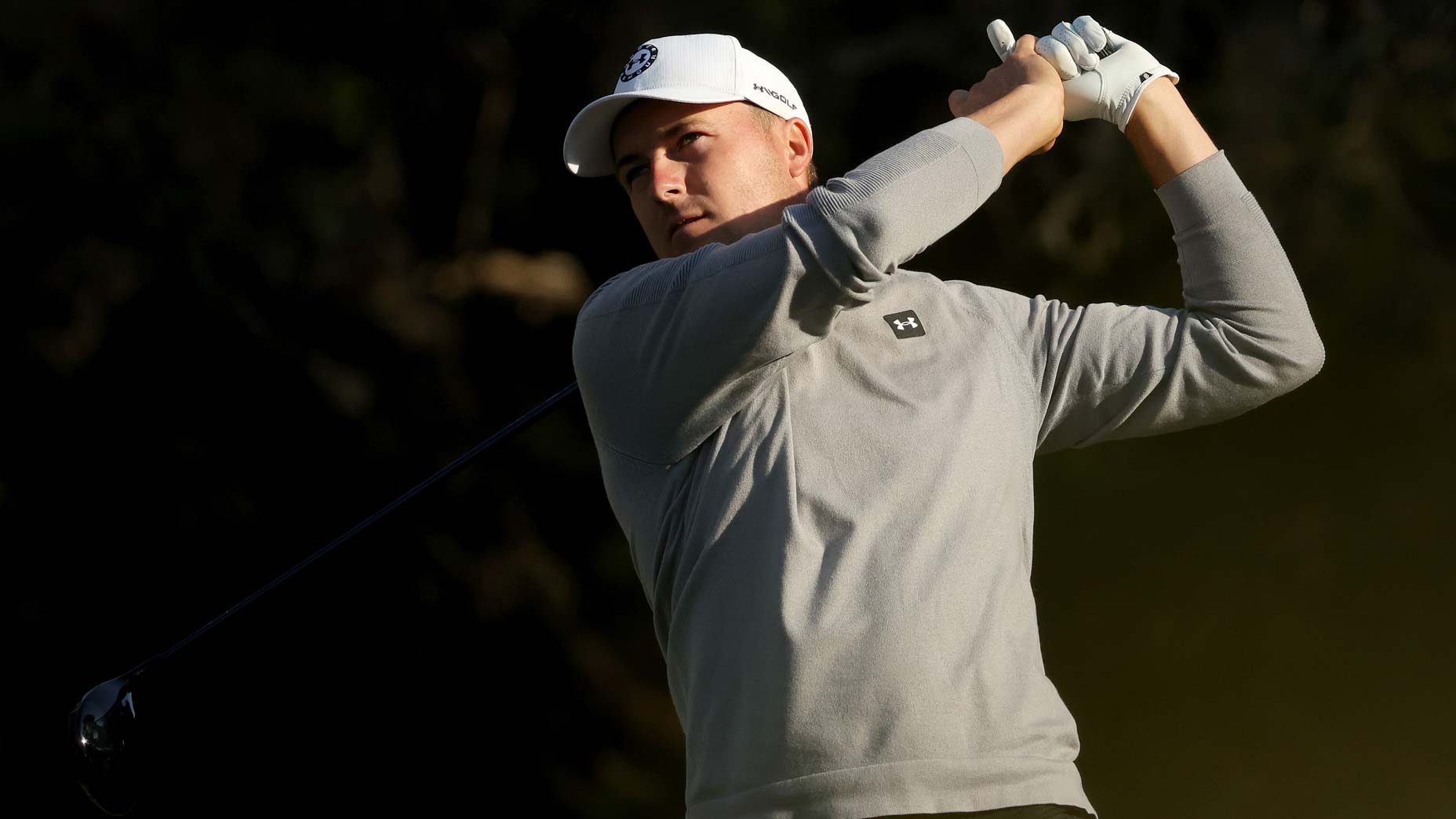Gentle Ben and the Bear stood side-by-side, more slump-shouldered than the flagstick straight golf legends who combined to win 103 PGA Tour events and 20 major championships.
Age is the great equalizer. Jack Nicklaus, once so dominant that four-time major championship winner Raymond Floyd strategically planned his tournament schedule around events the Golden Bear did not enter, would not defeat a city amateur champion today. The Upper Arlington native, 82, retired from tour competition 17 years ago, ending his career with 73 Tour wins and a record 18 majors. Amazing stuff.
Ben Crenshaw, 70, won 20 times on Tour in a career that saw him twice slide his arms into green jackets. But the Texan has not played the Masters since 2005 and his once-smooth putting stroke belongs among his extensive golf memorabilia collection.
As golfers, Nicklaus and Crenshaw have faded from view like a 5-iron into deep rough, hardly recognizable compared to golf’s modern celebrities. Both preceded the Tiger Woods era, which is when too many of today’s flatbellies think golf was invented. But if Nicklaus and Crenshaw are yesterday’s news, their stories happily prove history repeats itself.
It is fashionable today for tour players to credit Woods with helping draw them to the game, inspiring them to swing hard, play smart, and dress cool. Everyone from 25-year-old Scottie Scheffler, ranked No. 1 in the world, to 34-year-old Jason Day, credits Woods with changing the way golf is viewed and played. Some pros have modeled their swings after Woods. Many prioritize fitness, as Woods does.
Jack Nicklaus is interviewed after the 12th annual Legends Luncheon presented by Nationwide on Wednesday, April 13, 2022.
But decades before Woods began wowing his peers and younger followers, Nicklaus modeled a game that begat imitation.
At Wednesday’s Memorial Tournament Legends Luncheon at the Ohio Union, Nicklaus and Crenshaw described how Woods was not the first player to capture the attention of the impressionable young.
“I never saw a player (like Nicklaus) with such unbelievable talent and power, who put it to such good use,” said Crenshaw, who attended the luncheon as the 2022 Memorial honoree. “He was always (using) common sense, always had the right club in his hand. He’d pull out that 1958 Tommy Armour 3-wood or that Jack Nicklaus 1-iron … and the ball would be in play.”
Nicklaus, maybe more than anyone besides Ben Hogan, analyzed his way around the golf course, playing the highest-percentage shot and only taking chances only when absolutely necessary.
But it wasn’t just Jack’s common-sense approach that inspired Crenshaw, who as 20-something was impressed by the way Nicklaus transformed from pudgy “Fat Jack” into a thinner and more stylish Golden Bear. And also how Nicklaus was not afraid to experiment with any swing or setup change if it led to better success.
Much like how Woods revamped his swing in 2003 after winning eight majors, Nicklaus showed younger players it was OK to try new things.
“I’ll never forget when Jack came to Baltusrol in 1980 (for the U.S. Open),” Crenshaw said. “He came in very trim and had revamped his short game … and chipped unbelievable that week.”

Jack Nicklaus, shown here at the 1977 British Open, switched in the ’70s from solid and striped clothing to plaids and paisley, and others followed.
Nicklaus downplayed his impact on Crenshaw and the other young guns who came up during the 1970s when the Memorial Tournament founder was at the peak of his powers, stressing that if players wanted to copy a specific part of his game it was for one simple reason.
“Because I won,” he said. “That’s all it’s about. These guys out here want to win, and when they see somebody who wins they want to pick their brain and find out how they did it, why they did it. They want to study them. Guys studied me, like guys study Tiger.”
Nicklaus is quick to point out that he wasn’t the first player to gather a following of curious copycats.
“I studied Hogan, Snead, and those guys when I was growing up,” he said. “You learned from guys who had experience.”

Jack Nicklaus said that the shirts with “swirls and paisleys” he wore at the 1971 PGA Championship went from being unpopular to “selling like hotcakes” after fans saw him in them.
And also from players who knew how to dress. Few would confuse Nicklaus’s 1960s wardrobe with some of the cutting edge clothing worn by today’s players, but when the 1970s arrived Jack switched from solids and stripes to wild plaids and paisley. Long before Nike began outfitting Woods, Hathaway clothed Nicklaus in pointed collar shirts unlike anything seen on tour.
“And that became the standard,” he said. “Then in 1971 Hathaway made these shirts they showed me in a photograph and they said, ‘We can’t give them away.’ They had swirls and paisleys. I thought they were gorgeous, so I wore every single one of them a different day at the PGA in 1971 and all four of them were in Sports Illustrated and started selling like hotcakes.”
The lesson here is not that everything old becomes new again. Nicklaus and Crenshaw prove that not to be the case. It is more that anything new actually is old. Before today’s millennial stars there was Tiger. And before Tiger there was Jack. And back it goes.








